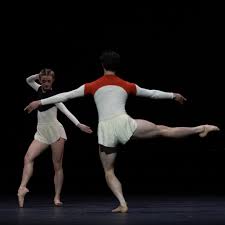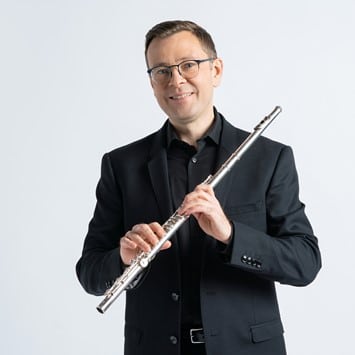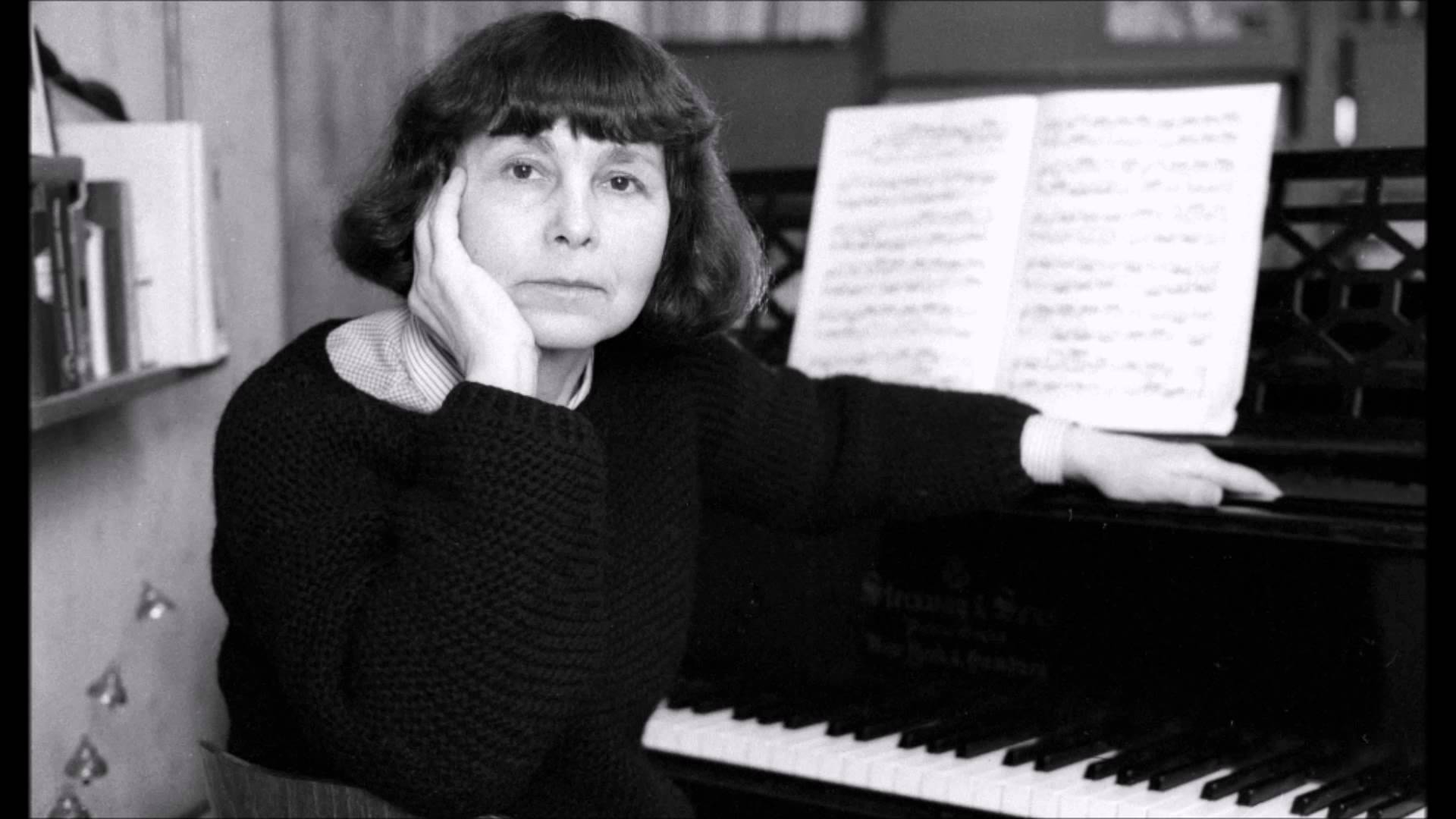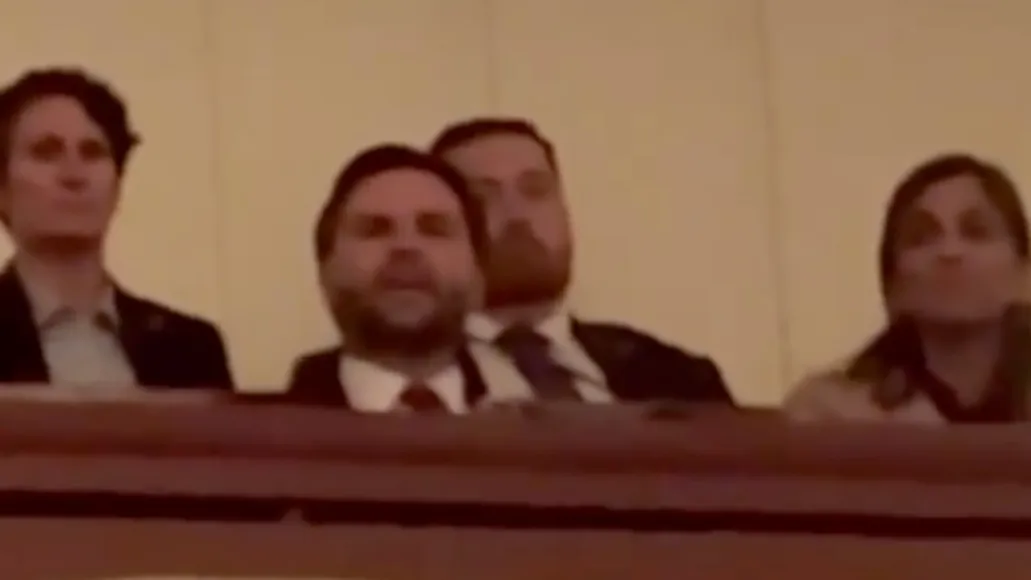Alastair Macaulay: A new golden age of choreography?
balletAlastair Macaulay reviews the Royal Ballet’s latest for slippedisc.com:
Encounters: Four Contemporary Ballets
by Alastair Macaulay
The Royal Ballet, as if proclaiming that we have entered a great era of new ballet choreography, is beginning its season entirely with repertory choreographed in the twenty-first century. When Frederick Ashton and Kenneth MacMillan (its two most renowned home choreographers) were alive, the company gave far fewer premieres per season, and focused less on recent creativity, than it does now.
Today, however, attention is more than ever on The Now. Christopher Wheeldon’s full-length “Alice’s Adventures in Wonderland” (2010) returns for the umpteenth time on October 25, while Wayne McGregor’s “Maddaddam” starts its world premiere run on November 14. This week has brought “Encounters: Four Contemporary Ballets” (which stays in repertory till November 16), a mixture of new and recent choreography by Kyle Abraham, Crystal Pite, Pam Tanowitz, and Joseph Toonga – two men of colour and two women.
These new ballets show us minimal hierarchy and maximum diversity onstage. Nobody could miss the evidence of women partnering men (they even put their heads under the men’s armpits to turn them, something once unthinkable in ballet), let alone of same-sex duets. Interestingly, the new same-sex dance duets aren’t the same as the new opposite-sex ones: at this stage of evolution, gay ballet couples are looking more courteous, more mutually supportive, less sexy, and less expansive than straight ones. I dare say that within a few more years Covent Garden’s homosexual couplings will have some of the in-yer-face sexual intensity that its older heterosexual ones used to. (Ashton depicted a female orgasm as early as 1951, in “Daphnis and Chloë”.)
But of the four novelties on this Encounters programme, the only creation of real importance is also the most abrasive and disagreeable. This is “Or Forevermore”, by Tanowitz (pictured). This alone uses ballet steps (pedestrian movement, too) with rigour and with wit; this alone never for a moment lets an observer’s mind go idle. It’s a stage enlargement of a male-female duet she choreographed almost two years ago for Anna Rose O’Sullivan and William Bracewell on film, with six men and six women. All the dancers look individual and terrific. The choreography almost reconciles me to O’Sullivan’s use of overdarned blocks to her point shoes, so that her pointed feet meet the floor like suction pads. And Bracewell, the musculature of whose alabaster-white legs shines like a beacon, displays a brilliance of nimble footwork that’s in the finest Royal Ballet tradition, while also handling the exploratory character of his choreography with cool charm.
Tanowitz is the only choreographer to have emerged this century who merits the adjective “great”, even if “Or Forevermore” is the second least appealing creation I have seen from her in fifteen years. (It’s also the only Tanowitz work I’ve seen that seems immature in in its let’s-be-surprising tone.) Her breakthrough achievement has been her development of choreography as radical musical counterpoint, whereby music and dance have separate timings that somehow complement each other: you actually hear the music better for watching. But that’s more rewarding when the music is by J.S.Bach or Kaija Saariaho or David Lang. In this case, however, Ted Hearne’s music is tough going: it abounds in isolated brass staccati, and in one sequence sounds like Britten’s “Young Person’s Guide to the Orchestra” stuck in four different grooves at once. The costumes aren’t just the least attractive outfits by Harriet Jung and Reid Bartelme I’ve seen (this pair of dance costumiers has had a deserved success for over ten years in America), they also add a note of gratuitous Tanowitz glorification (the initials “PT” in large gold letters on dancers’ backs).
Abraham, like Tanowitz, is an American modern/dance choreographer who has been working for some years with ballet. His “The Weathering” (2022) uses its interestingly pretty music by Ryan Lott like a film score or like good weather – as pleasing background: unfortunate, since Lott’s music is more remarkable than Abraham’s choreography. Abraham’s affable, kind, respectful, handsomely bland dances don’t project well into an opera house. If seen at close quarters, however, they do show how terribly sensitive and frightfully responsive their dancers are (and go on and on being). All is agreeable here, with several fleeting beauties on the way.
Joseph Toonga’s “Dusk” is also less stimulating than its score, by Marina Moore, but its seven dancers – five women, two men -are more impelled by their own movement ideas than by any music. You see rippling sequences close to break dance (some of them on point), but everything stays polite. The gesturing juiciness of the opening male solo is dissipated by what follows. Like Abraham’s “The Weathering”, its too-dim lighting suggests that its dancers would rather not be recognised or identified.
Crystal Pite’s “The Statement” is unlike other Crystal Pite choreography in being synched to the words of a spoken play, by Jonathon Young. Still, like all Pite choreography, it’s over-emphatic; clever; slick; showy; expressionistic; very popular. Since the meaningless “statement” being negotiated could be inferred to mean a political statement by the Israeli, Palestinian, Russian, or Ukrainian governments, Pite’s and Young’s flashy little comedy strikes me as a disagreeably tactless exercise in ill-timed satire.






Comments